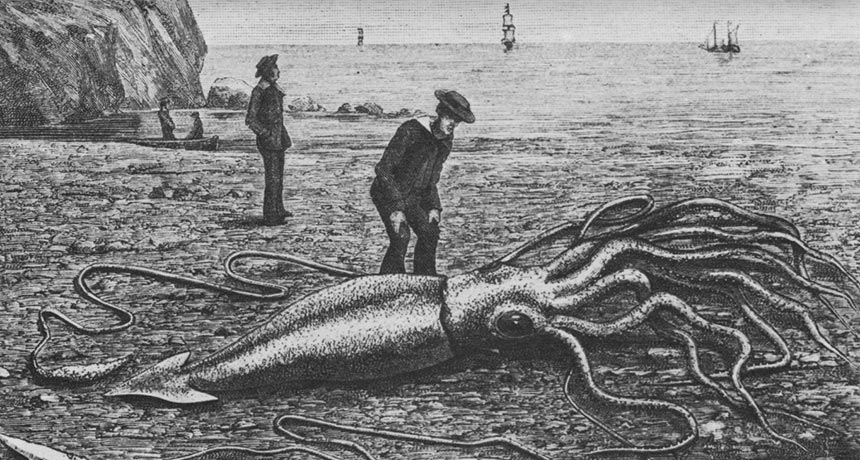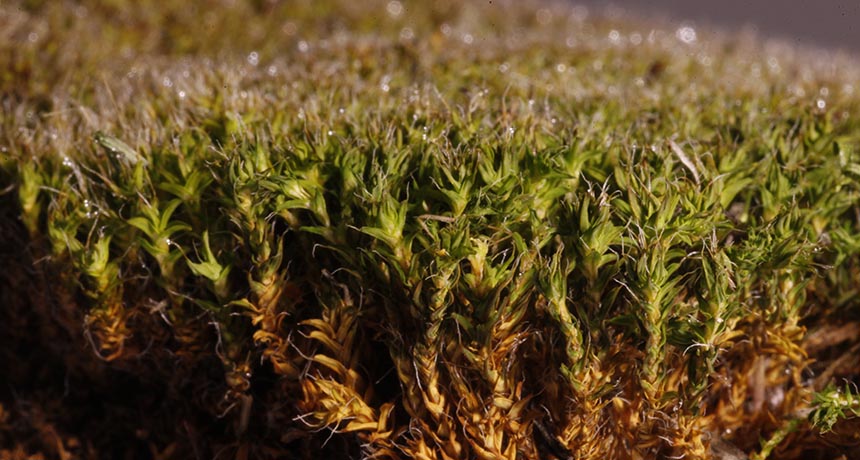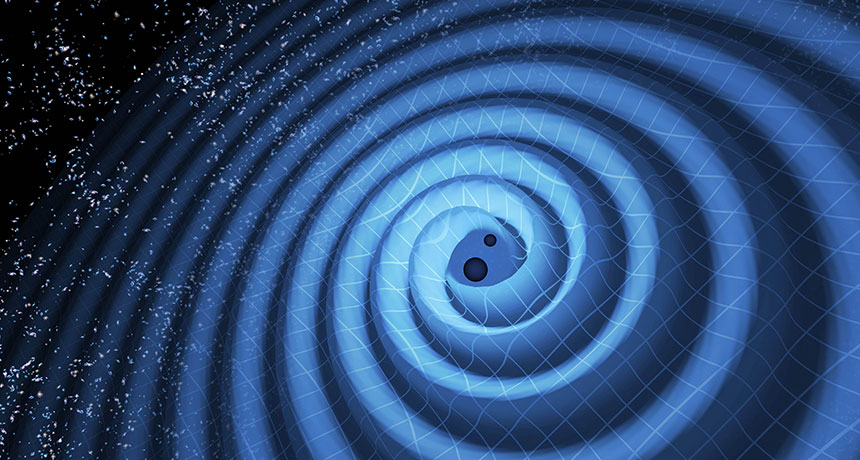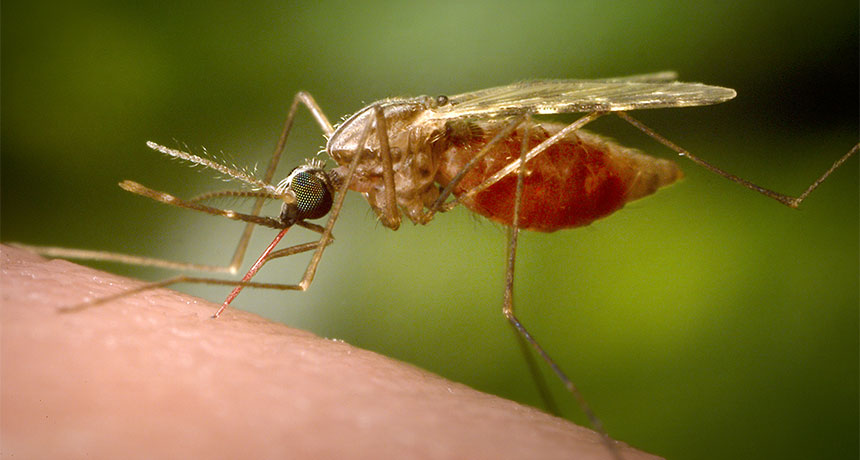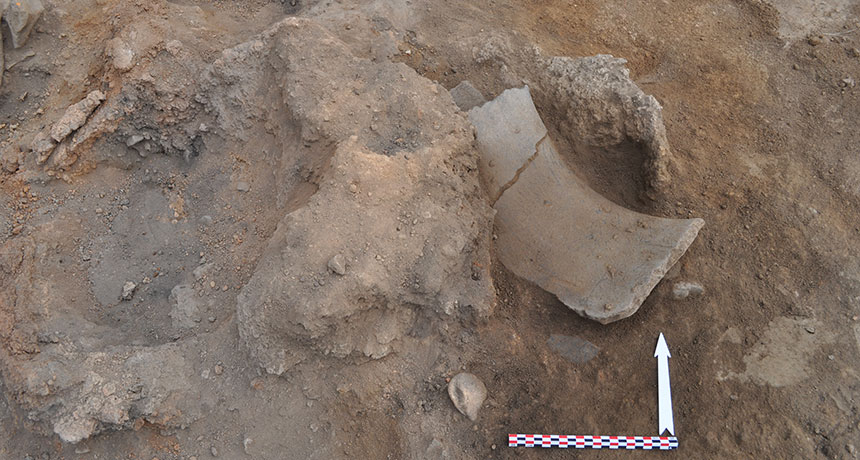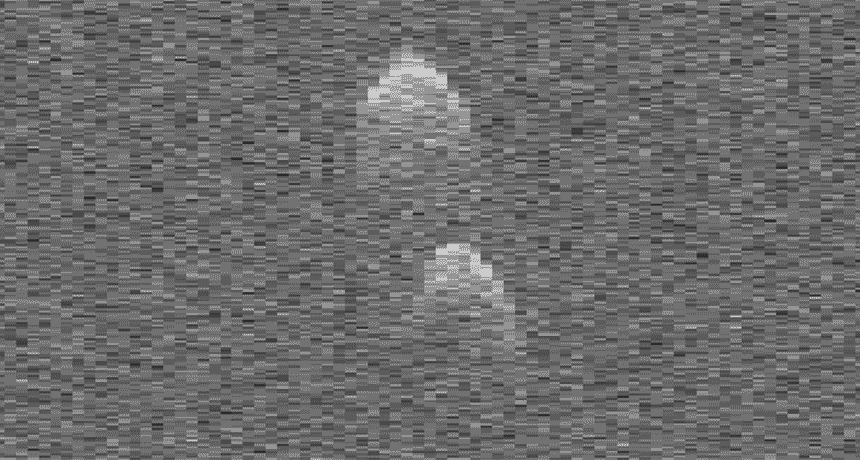Giraffe’s long neck linked to its genetic profile

Giraffes’ genes tell a not-so-tall tale about growing necks to great lengths.
Tweaks to genes important for development may account for both the giraffe’s stature and turbocharged cardiovascular system, researchers report May 17 in Nature Communications.
Researchers compiled the genetic instruction book, or genome, for both the giraffe and the okapi, its short-necked closest living relative. Those two species’ most recent common ancestor lived about 11.5 million years ago, says Douglas Cavener, a geneticist at Penn State University. Overall, giraffes and okapis still have very similar genes, with 19.4 percent that are identical.
The researchers compared giraffe, okapi and cattle genomes to see what sets giraffes and okapis apart from other ungulates. About 400 genes differ between those species and cattle.
Further comparisons of those genes with DNA from other animals revealed 70 genes in which giraffes had DNA differences from all other mammals. Those uniquely tweaked genes could be responsible for giraffes’ unusual height and physiology, the researchers reasoned.
Among the giraffe’s most distinctively altered genes are some that are well known to regulate embryo development. For instance, the team found alterations in several genes that govern skeletal development, including the gene FGFRL1.
FGFRL1 encodes a protein that helps regulate the size of body segments. Giraffes have the same number of vertebrae in their necks as okapi and other animals do, but the bones are bigger. The giraffe version of the FGFRL1 protein contains seven amino acids that are different than those found in other mammals. Those amino acid differences may change the way the protein works and allow giraffes’ body parts to grow larger than those of other animals.
Some of the same genes that gave the giraffe its long neck — FGFRL1 included — may also be involved in strengthening the cardiovascular system in order to pump blood all the way to the giraffe’s lofty brain, the researchers found. Such multifunctional genes would have allowed coordination of giraffes’ adaptations, Cavener says.
The researchers “provide some very compelling candidates” for genes that shaped giraffe evolution, says Michael Hiller, an evolutionary genomicist at the Max Planck Institute of Molecular Cell Biology and Genetics in Dresden, Germany. More research is needed to show that fiddling with those genes really could turbocharge giraffes’ hearts and supersize their bones. Hiller says he doubts the researchers have found all the genetic secrets to giraffes’ many evolutionary innovations.
Although giraffes have a unique appearance, the statuesque leaf eaters didn’t invent any new genetic tricks to change their hearts and necks, says Cavener. “Giraffes’ novelties almost certainly weren’t created by new genes or pathways, but by modifications of genes and pathways universal to all mammals.”



